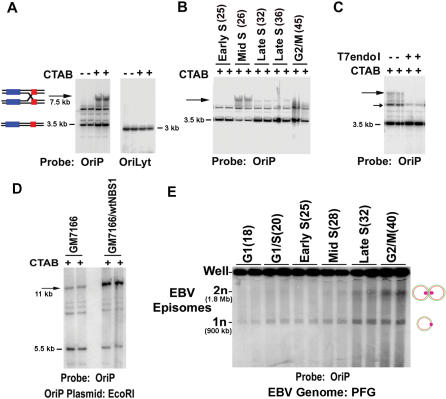Figure 6. Evidence for recombination junctions formed at OriP.
A) MutuI cell DNA was extracted with (+) or without (−) CTAB to stabilize recombinational structures. DNA was isolated and cleaved by EarI and then analyzed by Southern blot from a one-dimensional agarose gel with probes to OriP (left panel) or OriLyt (right panel). The position of the expected 1n products are indicated. B) MutuI cells were fractionated by centrifugal elutriation as shown for Fig. 4B. DNA was extracted using CTAB method and cleaved with EarI, and analyzed by Southern blot with probe to OriP. C) DNA was extracted from MutuI cells with CTAB, digested with EarI, and then mock treated (lanes 1 and 2), or treated with T7 endonuclease I (lanes 3 and 4) or with mung bean nuclease (lanes 5 and 6). DNA fragments were visualized by Southern blot with probe to OriP. D) NBS1 mt (GM7166) or reconstituted (GM7166/wtNBS1) cell lines were transfected with plasmid OriP and selected for 48 hrs using hygromycin. Total cell DNA was isolated using CTAB method, linearized with EcoRI, and then detected by Southern blot with probe specific for plasmid OriP. The 5.5 kB linear DNA fragment (1n) and slower mobility form (arrow) are indicated. E) Pulse field electrophoresis and Southern blot of EBV episomes isolated from MutuI cells at different stages of the cell cycle, as indicated above each pair of lanes. The 1n position corresponds to a monomeric circular genome (∼900 Kb of linear DNA), while the 2n corresponds to a dimeric circular genome (∼1.8 Mb of linear DNA).

